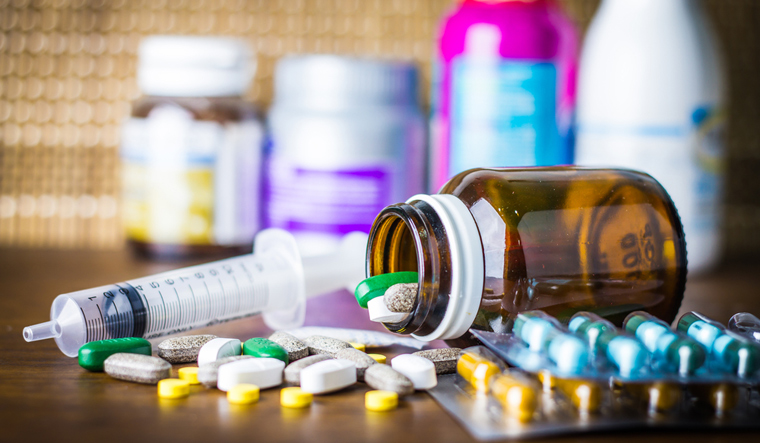In its drive to bring down prices of anti-cancer medication, the national drug price regulator has reduced the prices of nine more drugs. The revised MRPs of these drugs is in continuation of the National Pharmaceutical Pricing Authority's order in March, in which over 400 brands of 42 anti-cancer drugs saw a price drop, owing to a capping of trade margins.
The NPPA's latest list, brought out on May 15, has added a few other brands to the 42 drugs that were part of the initial list. The drugs include different brands of Erlotinib (used in treatment of non-small cell lung cancer), Pemetrexed (chemotherapy drug used in treatment of pleural mesothelioma and non-small cell lung cancer) and Epirubicin (used in breast cancer treatment). The price of a pack of 10 tablets of Erlotinib (100 mg tablet, under brand name, Erlotaz), for instance, has been brought down from Rs 6,600 to Rs 1,840; the price of a Pemetrexed 100 mg injection (Pemxcel brand) has been reduced from Rs 7,700 to Rs 800.
On February 27, the NPPA had capped the trade margins (difference between the price at which the manufacturers sell the drugs to distributors and the final price to the patient) of 42 non-scheduled cancer drugs at 30 per cent. Based on this, the regulator said the prices of 105 brands would see a decrease of up to 85 per cent. On March 8, in the list of 42 non-scheduled cancer drugs brought out by the regulator, the number of drug brands went up to 390, and later, the number went up to 463 in its revised list.
According to the March 8 notification, the MRP of 38 brands was brought down by 75 per cent, 124 brands by 50 to 75 per cent, 121 brands by 25 to 50 per cent and 107 brands by less than 25 per cent. The move, the authority claimed then, is expected to benefit 22 lakh cancer patients in the country.
However, activists tracking drug pricing have pointed out several anomalies in calculation of prices. “According to the formula used to cap the trade margin at 30 per cent, the final price that works out includes a markup of 42.8 per cent on the retail price. This methodology is a radical departure from the existing practices of providing margins in the Drug Price Control Order. Consumers would not get the full intended benefit of the 30 per cent cap. Besides, the formula does not disturb the margins of companies before the medicines reach the stockist,” Malini Aisola of All India Drug Action Network said, commenting on the list of drugs that was brought out in March.
Besides, Aisola also pointed out that the March list had excluded several expensive medicines, and there were wide variations in the prices of different brands for the same drug. For instance, the price of an injection of Epirubicin (50 mg) ranges from Rs 960 to Rs 1,817.
“The price reductions for patented drugs (such as Crizotinib), are insignificant, and provide no relief to patients," she said. Uniform ceiling prices and graded margins (depending on drug price) were better ways to deal with high costs of cancer drugs, she added.
“Though trade margins are used by the industry to promote unethical marketing practices, and there is a need to cap margins, in the long term, the government needs to focus on having a pharma policy, a draft of which has been in the works for long, to address the issue of high prices,” a government source had told THE WEEK on an earlier occasion.



